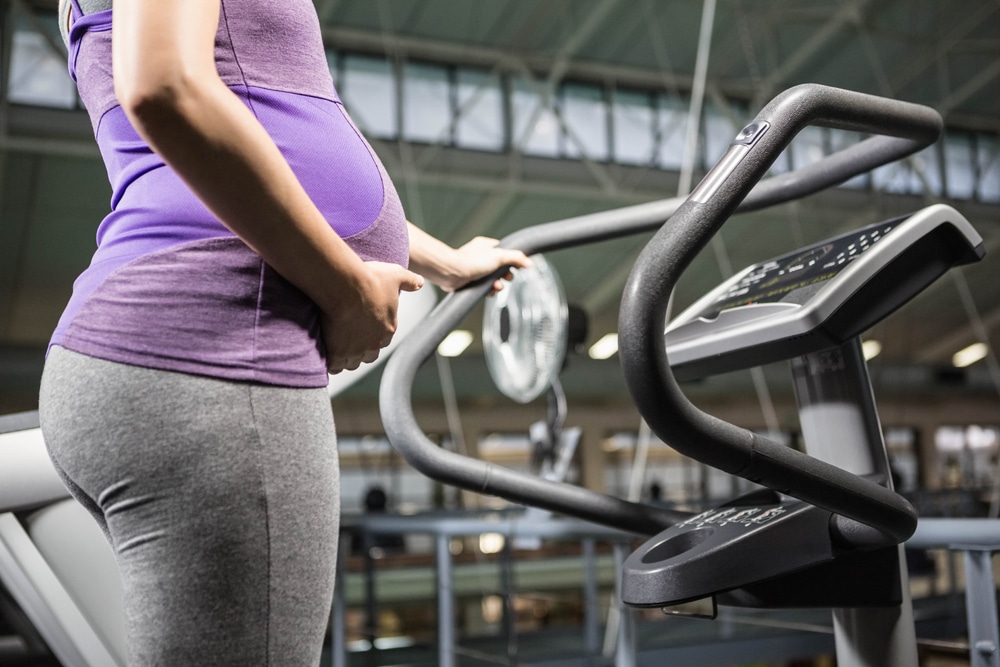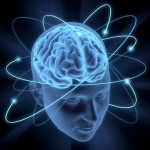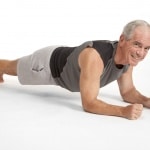Many studies have explored the effects of music on human emotions and motions. We’ve all had some experience with songs that revive the soul, allowing certain memories or feelings from way back to reammerge. Music, about which I know so little, also has medicinal value.
As this summary by Gracy Liura, a blogger who writes on many health and fitness topics, reveals, science has been looking at and implementing music’s healing powers. Most of us have used it to help our babies go to sleep, or even ourselves. We’ve used it to relax, chill or, by happenstance, to do so when we overhear a song or even a few notes with which we have a fond memory or association. Many of us who raised families in the 1980s bought into the “better baby” meme that suggested playing the right kinds of music, like classical, to the pregnant belly itself to enhance intellectual and creative growth in the developing fetus.

And all of us exercisers used music to create the beat and rhythm by which to keep our own pace and fervor while training. The ubiquitous application of music to exercise took off during the late 70s and beyond with the introduction of aerobics classes and, eventually, miniaturized sound systems that we could wear while exercising.
While the article above alludes to some more medical uses such as in Alzheimer’s or brain development treatment, I want to make a couple of points in regard to exercise.
Back in the day, while running on city streets, Walkman radios then tape players, and then iPods and now iPhones, were part of the uniform for some. Articles in the lay press would come out both telling you why to wear and listen and why not. Safety ranked high for the latter while ‘tuning out’ of pain or boredom or ‘tuning in’ to pleasure for distraction ranked high for the former. For further insight, click here.
Purists in various forms of athletics, like martial arts, for example, avoided such distractions and frowned upon such ‘pleasures’ as antithetical to the ‘suffering athlete/artist’ mentality. Lesser purists grabbed onto the music to counter the ‘suffering’ part of participation. Both have a place in different participants’ worlds.
Music has been shown to pump up the intensity of a workout, especially if the workout is intended to be intense. Silence is calming, and most workouts other than yoga are not designed to be calm, but allow me to offer a reason for silence.
If we think of silence as the absence of noise, we miss the mark. For there is almost always noise and sound and it is a rare spatial environment that can totally eliminate it. Silence, as far as exercise and movement is concerned, should be thought of as noise that does not distract the body, or the mind, from what the body is doing.
Whether it’s breathing calmly in a stressful classroom or corporate meeting, or huffing and puffing as you scale that hill during a run, breathing is something you can ‘hear’, usually audibly but always internally. It has a rhythm and a beat that you can call music, with speed and volume changes like any symphony piece.
I used to jump rope to Donna Summer’s ‘MacArthur Park’, nearly 19 minutes of a great disco beat. I jumped at about 144 skips/minute; my heart rate was around….144 beats/min. Perfect harmony.
I used to jog, and whether I was on the track or in the park, I heard my breath rate. Generally it was a few inhalations to one or two exhalations. Except on hills. But it was how I paced myself. Yes there were cars or other noises, but they were not distractions when I got in my zone. Those bursts of silence kept my body and mind focused, and in sync.
Silence is an internally-focused ‘hearing’ of that music which the body is playing. It can be bolstered by externally-produced music or enhanced by closing out those extraneous sounds. Silence, in my humble opinion, enhances physical activity in much the same way as the soft breathing of an infant enhances our relationship to the child and to all humankind. It lets us know we’re alive and kicking, it tells us we’re moving well or with difficulty, it affirms our sense of process and progress.
Silence, like music, is music, and it heals as well as motivates, stimulates and generates movement. The article is spot on, as is the application of music to health and certain conditions. But let’s not fall back into more noise when the music your body plays while it’s playing is often the most pleasing of all.
Turn off the speakers, let your own symphony play as you do your activities, and hear the silence of the neurons doing their thing.















